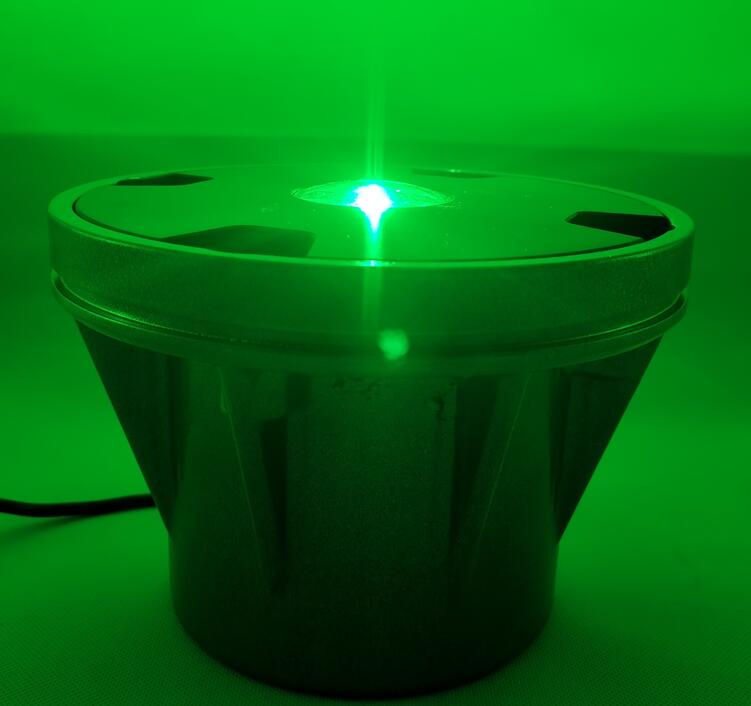Essential Helipad Lighting Requirements for Safe Night Operations
Helipad lighting requirements are critical for ensuring safe takeoffs, landings, and ground operations, especially in low-visibility conditions. Proper illumination enhances pilot awareness, reduces the risk of accidents, and complies with aviation regulations. This article explores the key components of helipad lighting, including types of lights, placement, and regulatory standards.
Types of Helipad Lights
1. Perimeter Lights
Perimeter lights define the boundaries of the helipad and are typically omnidirectional. These lights are usually blue or green, providing clear visual guidance to pilots. According to helipad lighting requirements, they should be evenly spaced and resistant to weather and rotor wash.
2. Floodlights
Floodlights ensure general illumination of the landing area, helping pilots assess surface conditions. They must be positioned to avoid glare while maintaining uniform brightness.

3. Touchdown and Position Lights
Touchdown lights mark the landing zone, while position lights indicate the helipad’s center. These lights are often white or yellow and help pilots align their approach accurately.
4. Obstruction Lights
If the helipad is near tall structures, obstruction lights (red or white) must be installed to warn pilots of potential hazards.
| helipad lighting requirements |
5. Wind Direction Indicators
Though not a light, a lighted wind cone or tetrahedron is essential for night operations, helping pilots determine wind direction.
Regulatory Compliance
Helipad lighting requirements vary depending on location and usage but generally follow guidelines from:
ICAO (International Civil Aviation Organization)
FAA (Federal Aviation Administration)
EASA (European Union Aviation Safety Agency)
Key compliance factors include:
Intensity & Color Standards – Lights must be bright enough for visibility without blinding the pilot.
Power Supply Reliability – Backup power sources are mandatory in case of outages.
Durability – Lighting systems must withstand environmental stress, including rain, snow, and high winds.
Best Practices for Installation
Uniform Spacing – Ensure perimeter lights are evenly distributed for consistent visibility.
Glare Reduction – Position floodlights at angles that minimize reflections.
Regular Maintenance – Inspect and clean lights frequently to prevent malfunctions.
Adhering to helipad lighting requirements is non-negotiable for aviation safety. Properly installed and maintained lighting systems enhance operational efficiency and reduce risks during night or adverse weather conditions. Whether for hospital rooftops, offshore platforms, or private helipads, compliance with regulatory standards ensures safe and reliable helicopter operations.
By understanding and implementing these requirements, operators can significantly improve safety for pilots, passengers, and ground personnel.
